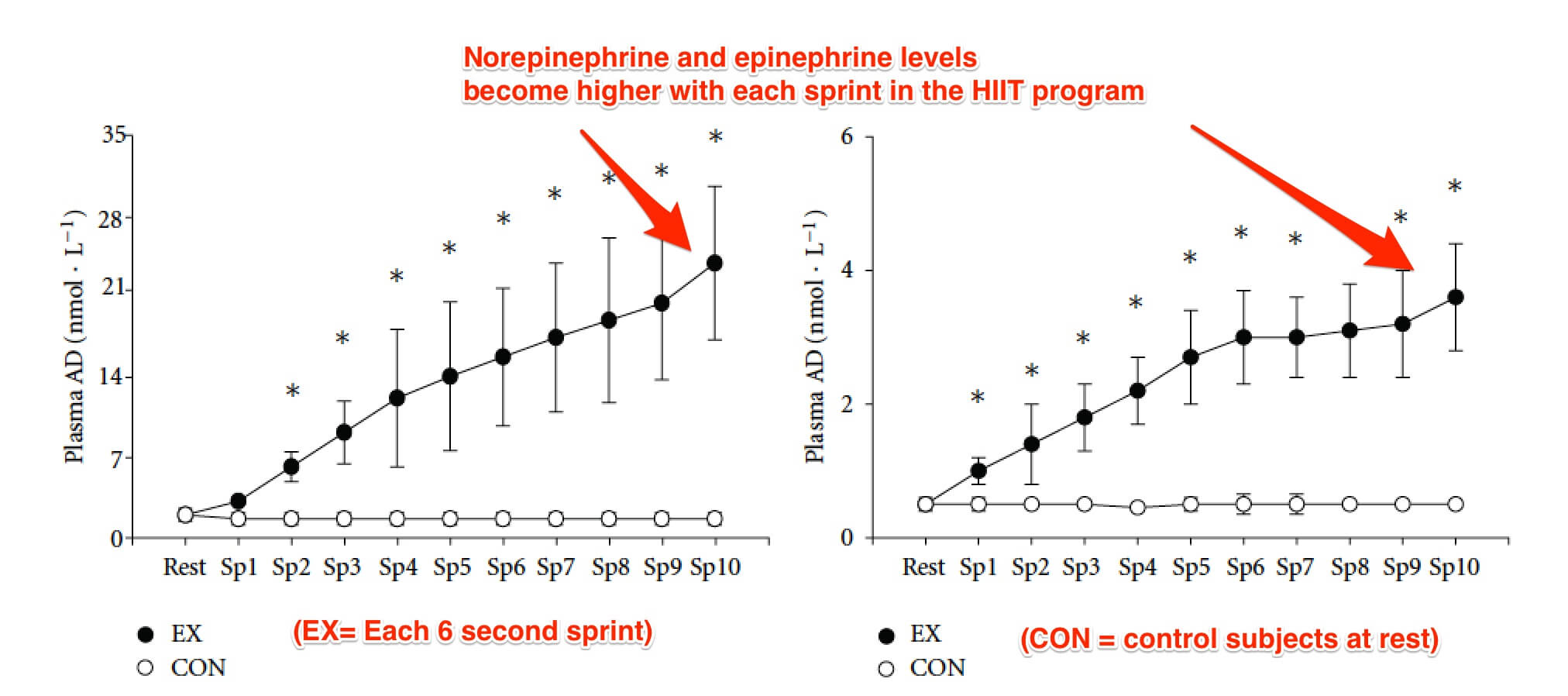High Intensity Weight Training Programs
S Game Net Zd. HIGH INTENSITY STRENGTH TRAINING: MORE AEROBIC THAN AEROBICS HIGH INTENSITY STRENGTH TRAINING: MORE AEROBIC THAN 'AEROBICS' by Greg Anderson The most common question asked by our new personal training clients at Ideal Exercise is: 'Where are the treadmills and stationary bicycles?' Most have never heard that great benefits to the cardiovascular system, commonly referred to as 'aerobic fitness', can be had through a program of high-intensity strength training with no additional steady-state activity.

And while I do certainly spend a great deal of my time explaining why such benefits are certainly possible (and more desirable as it is much more efficient to achieve muscular and cardiovascular benefits in a single program) it usually takes a few workouts before the client understands the depth and magnitude of cardiovascular involvement possible from strength training. As one of my trainees remarked recently (after a set of squats to complete failure followed by 20 seconds of effort against the bar in the bottom position): 'My God!
Feb 24, 2016 WebMD explains a way to take your workout to the next level: High-intensity interval training burns mega-calories and delivers a long-lasting metabolic boost.
(gasp, gasp. Department Of Eagles The Whitey On The Moon Rar. ) this is more aerobic than aerobics.' Although (as I shall explain) the statement that high-intensity strength training is 'more aerobic than aerobics' is not entirely correct, such an observation on the trainee's part does underscore the profound effect of intense muscular contractions on the cardiovascular system.
The current mania for 'aerobics' in the fitness industry stems from a misunderstanding of two factors: The function of the cardiovascular system, and the identification of skeletal muscle as the window through which optimum loading of the entire metabolic system(s) --including the cardiovascular system--takes place. Pictured at left, Mike Mentzer Supervising Mr. Olympia's High Intensity/Bodybuilding Training A great deal of the misunderstanding of the function of the cardiovascular system arises from the use of the word 'aerobics' to describe a particular exercise protocol. The term aerobic denotes a metabolic pathway within the body which yields energy through the oxidation of fat and carbohydrate. Literally, aerobic means: 'with oxygen'. Most of us have been taught that to exercise aerobically is to perform long duration steady-state activities which produce an elevated heart rate.
Note that said participation of the heart and lungs is entirely dependent on muscular activity. Outkast Aquemini Rar here. Such low intensity activity is said to primarily stress the aerobic metabolic pathway and allow the body to use primarily fat as a fuel source. Additionally, 'aerobics' is thought to provide an increase in endurance and provide a protective effect against coronary artery disease.
While I will certainly agree that there are some marginal benefits to the cardiovascular system from a program of such activity, the reality is simply that these effects could be achieved in a safer and more efficient manner through the use of high-intensity strength training. Many bodybuilders that I have spoken to believe that the inclusion of some type of 'aerobic' activity in their program is necessary to achieve optimum leanness. I point out to them that from a bodybuilding standpoint, the issues at hand are both the amount of fat that you don't have and the amount of muscle that you do. Since it is very easy to overtrain by including too many exercises or too much additional activity, it seems that any slight fat loss achieved through steady state activity could be more than offset by compromising the ability to build (or even maintain) muscle as a result of overtraining. In fact, research on fat loss performed by Ellington Darden Ph.D. (and duplicated by Ideal Exercise) showed best results with the combination of high-intensity strength training with a reduced calorie diet and the total exclusion of steady state activities.